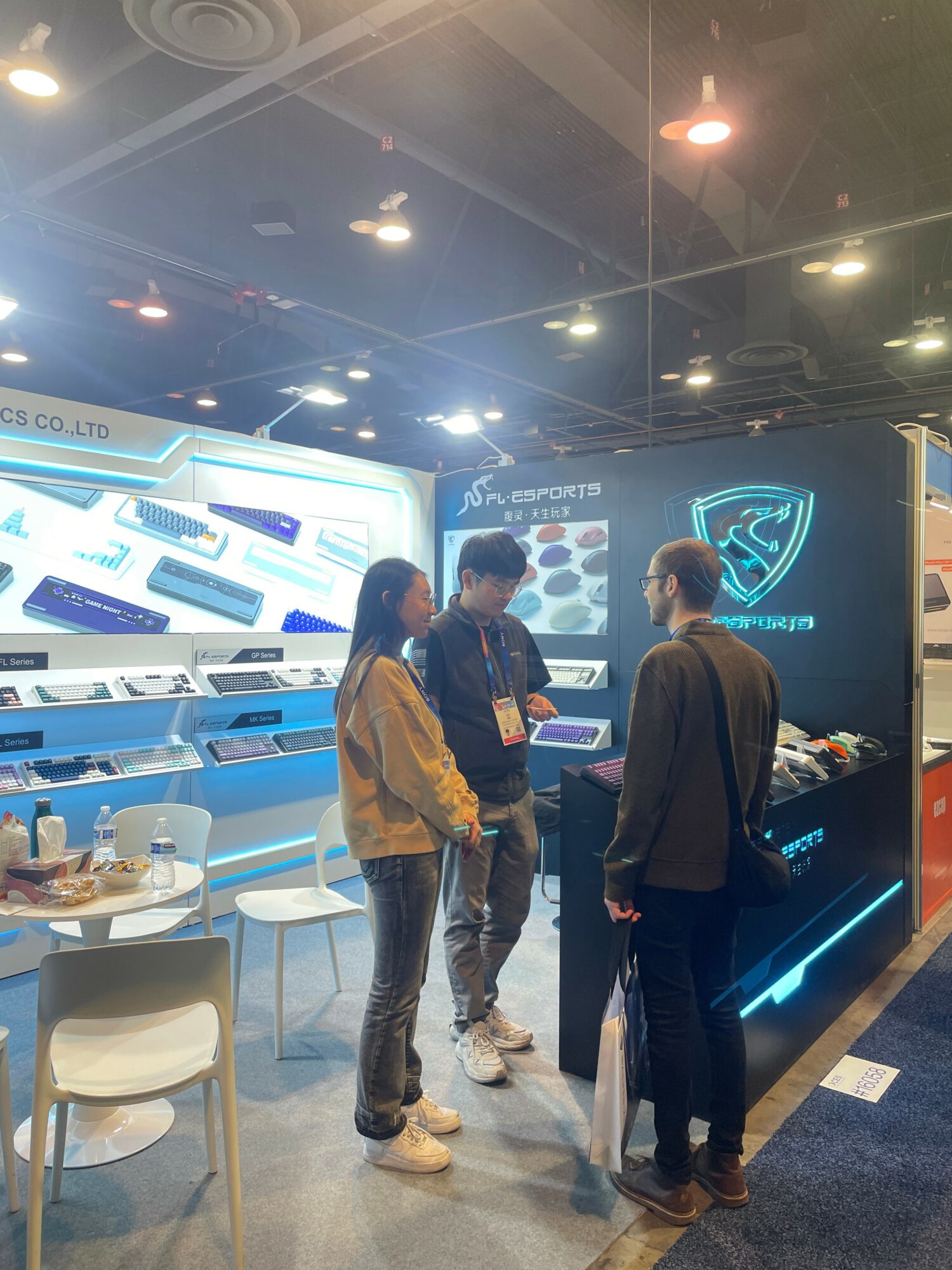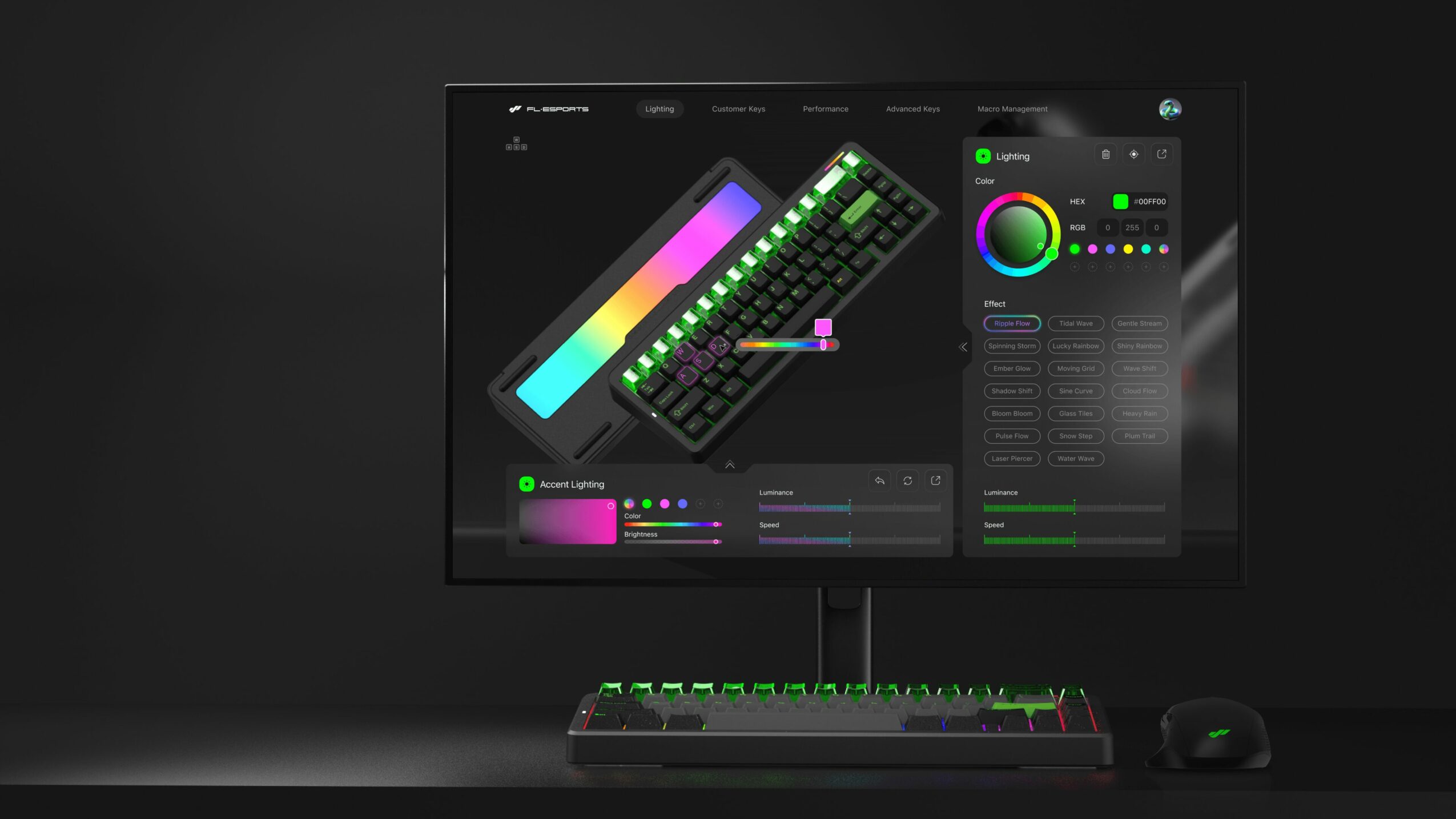

Today we’d like to introduce you to Minzhou Wang.
Hi Minzhou, please kick things off for us with an introduction to yourself and your story.
My path in design started in Suzhou, China, where I grew up. The city is known for traditional garden and quiet, thoughtful environments. That background influenced the way I look at design — I’ve always believed that products should feel natural and easy to use, not stressful or complicated.
Later, I moved to the United States to study design. During school, I worked on real industry projects with companies like Google and eBay. These experiences helped me understand how technology affects people’s daily lives, and how small decisions in design can change the way someone feels when using a product. I realized that building confidence, reducing confusion, and making things simple were more important than adding features.
After graduating, I joined Husqvarna North America as a UX/UI designer. I am currently the only UX designer responsible for robotic products in this region. My work includes interviewing dealers, visiting golf courses, talking to homeowners, and understanding where robotic lawn mowers fit into their work or home routines. Many people are curious about robots but also worry about whether they can set them up or fix problems. My job is to understand those concerns and turn them into clearer interfaces, simpler steps, and easier systems.
One of the biggest projects I’ve led is the UX for the Automower iQ Series. This product is new to the North American market and combines both boundary wires and satellite-based virtual boundaries. My main responsibility was to redesign the unbox and setup experience so that even users with very little technical background could get started without frustration. North American users often prefer doing things by themselves, so I focused heavily on making the first opening simple and predictable. That moment usually decides whether someone feels confident using the product or not.
Outside of my work at Husqvarna, I co-created F-Sync, a software tool that lets people control multiple keyboards, mice, and game controllers from one application. The goal was to make device management easier and more accessible. Some people use it for gaming, some for productivity, and some have mobility challenges and need simpler ways to control their devices. The project won a Red Dot Award, but more importantly, it showed me how good design can reduce frustration and support many different types of users.
I also design keyboards for FL-ESPORTS. I worked on the OG Series, which mixes a retro look with modern wireless functions, and the GEO Series, which focuses on precise performance with Hall-effect sensors. These products taught me that even small details — the sound of a key, the weight of a case, or the layout of a button — can shape how people feel when using something every day.
Overall, my journey has been about learning how people behave, what they worry about, and what makes them feel comfortable with technology. Whether I’m designing a robot, software, or a keyboard, my goal is always to make complex systems feel simple and approachable. I believe that technology should support people quietly, without adding stress. That idea continues to guide the work I do today.
Alright, so let’s dig a little deeper into the story – has it been an easy path overall and if not, what were the challenges you’ve had to overcome?
It definitely hasn’t been a completely smooth road. One of the biggest challenges in my work is understanding the real thoughts behind what users say. During research, people often share positive or polite feedback, but my job is to look past the surface and find out what they actually feel or what problems they are really facing. This requires patience, careful observation, and sometimes asking the same question in different ways to get an honest picture.
In my keyboard projects, the challenges were very different. Most of the work involves close communication with suppliers and manufacturers in China while I’m based in the U.S. Ensuring quality through remote collaboration is not easy. There are time differences, work flow differences, and unexpected issues during production. I often need to check samples, confirm small details, and solve problems quickly even when I’m not physically there. It taught me how important clear communication and trust are when working across countries and teams.
As you know, we’re big fans of you and your work. For our readers who might not be as familiar what can you tell them about what you do?
I currently work at Husqvarna in North America, where I focus on user experience design for robotic products. I am the only UX/UI designer for the robotics category in this region, so my work covers many areas: understanding user needs, improving product workflows, designing interfaces, and turning complex technology into simple and accessible experiences. My responsibilities range from robotic lawn mowers and reference stations to installation processes, dealer tools, and after-sales service journeys.
Professionally, I specialize in human–machine interaction, user research, and service design. I’m skilled at connecting technical logic, human behavior, and real usage scenarios, and then simplifying them into solutions that are easy for people to understand and use.
There are two projects that people often recognize me for:
The Automower iQ Series UX – a major new robotic product for the North American market, where I led the full user experience including the setup flow, HMI, and communication between the user and the machine.
F-Sync, an external device management software I co-created with another designer. It unifies settings for different keyboards, mice, and controllers while also supporting accessibility. This project received a Red Dot Design Award.
I’m most proud of the fact that my work has directly improved users’ confidence and experience. Whether I’m interviewing people on golf courses, helping homeowners solve installation problems, or coordinating remotely with factories to ensure quality, I can see the real impact of making things easier and more intuitive.
If there is something that sets me apart, I think it’s three things:
I simplify complex technology into experiences that feel natural.
I often act as a “translator” between engineering teams, sales teams, and real users.
I focus strongly on the ‘first five minutes’ of the experience.
Many products fail not because the features are bad, but because the first step feels too hard. I pay close attention to reducing pressure and building trust early in the process.
I have experience working across cultures and industries.
I grew up in China, work in the U.S., collaborate with European teams, and switch between the keyboard industry and the robotics industry. This helps me see problems from multiple perspectives.
Overall, my goal is simple: to make technology more friendly, understandable, and supportive. The moments when I see users feeling more confident because of my work — those are the moments I’m most proud of.
What matters most to you? Why?
For me, the most important thing is understanding the user’s true thoughts and the reasons behind them. It’s not enough to only listen to the adjectives they use, like ‘this is simple’ or ‘this is attractive.’ These surface-level comments don’t tell the whole story. What really matters is digging deeper to understand what triggered those feelings — the context, the experience, or the specific moment that made them think that way. Once I understand the deeper reasons, I can identify the real problems and design solutions that are more accurate and meaningful.
Pricing:
- iQ Series ranges from $2,999 to $4,999. I believe this premium price is matched by a premium user experience — from the setup process to daily operation, every part of the design is meant to feel smooth, intuitive, and reliable.
Contact Info:
- Website: https://www.minzhouwangdesign.com/
- LinkedIn: https://www.linkedin.com/in/minzhouwang97/


Image Credits
They all created by myself or taken by someone I asked to help with the shoot













